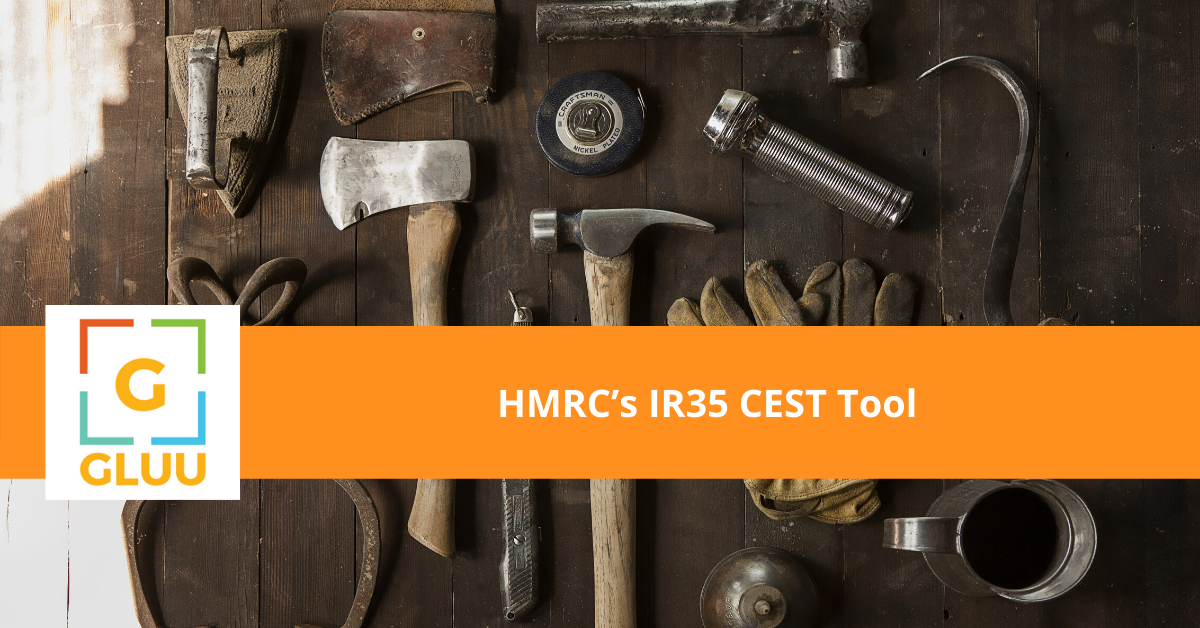
CEST is the abbreviation for ‘Check Employment Status For Tax’. It is used to find out whether the worker on a specific engagement should be classified as self-employed or employed for tax purposes and to find out the employment status of a worker you engage with or represent in line with IR35 legislation.
To be classified as self-employed or employed, there is a need for a contract. The CEST tool has been upgraded by HMRC. The new rule of IR35 is expected to come into force on 6th April 2020. The tool was created in March 2017 by the government to check the employment status.
This Article covers:
CEST is a digital tool designed by the government to help public authorities decide if a worker falls inside or outside IR35. The tool comes in a quiz like format with four sections.
When off-payroll working rules were introduced to the public sector in 2017, the onus to certify whether a worker falls inside or outside IR35 shifted from the worker to the public sector authority. HMRC created this tool to help public authorities make decisions quickly and cheaply. A newly updated version which was much-criticized earlier, has been released in November 2019.
CEST can be assessed by both the public and private sectors. However, the private sector is assessed differently under the IR35 regulations. In the private sector, the responsibility is on the contractors to declare whether they fall inside or outside IR35 rather than their clients.
From 6th April 2020, the rules on off-payroll working in the private sector are set to change, bringing it in line with the rules that apply to the public sector for contractors working with large and medium-sized business clients.

IR35 measures the risk of a contractor considered to be an employee instead of a contractor for tax purposes due to the nature and conditions of their working arrangements. Contractors have to pay National Insurance contributions and taxes just like the employees if they fall under IR35.
The tool is used to check the employment status when:
Before you start, you need to know the following details:
Once you have the details, you are good to use the CEST tool.
HMRC’s CEST questionnaire contains four sections:
The user is guided to these sections sequentially. If HMRC decides that the user strongly passes through the above three sections, then the last section will be skipped and the user will be told that they fall ‘outside IR35.’
In case you reach the fourth section, you will miss out on your chance on the ‘IR35 pass ticket.” However there are two possible outcomes:
Note: The tool will not keep a permanent record of entries.
Note: The questions are not asked in the same order.
Last Words:
Beware. A pass from HMRC may not be counted by the taxman as they reserve rights to challenge the tool’s judgement if they believe the answers are incorrect or the situation is false. As a contractor in the UK, you need to have basic knowledge on how taxes can affect your business. We would recommend consulting a contractor accountant for the same.